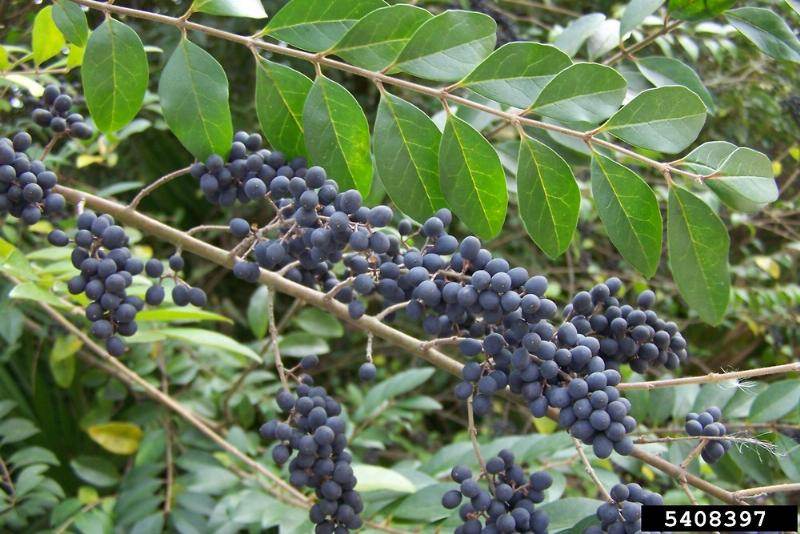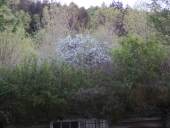





"Dear Society,
You're welcome.
Sincerely,
Farmers"




 1
1




Eartheart McCoy wrote:...does anyone know how deep it would need to be buried to keep from sprouting, or am I just wasting my time with that?
My project thread
Agriculture collects solar energy two-dimensionally; but silviculture collects it three dimensionally.




"Dear Society,
You're welcome.
Sincerely,
Farmers"
 2
2








"Dear Society,
You're welcome.
Sincerely,
Farmers"









Living the good life out with the wildlife


















Living in Anjou , France,
For the many not for the few
http://www.permies.com/t/80/31583/projects/Permie-Pennies-France#330873












Living the good life out with the wildlife
 2
2













Works at a residential alternative high school in the Himalayas SECMOL.org . "Back home" is Cape Cod, E Coast USA.








